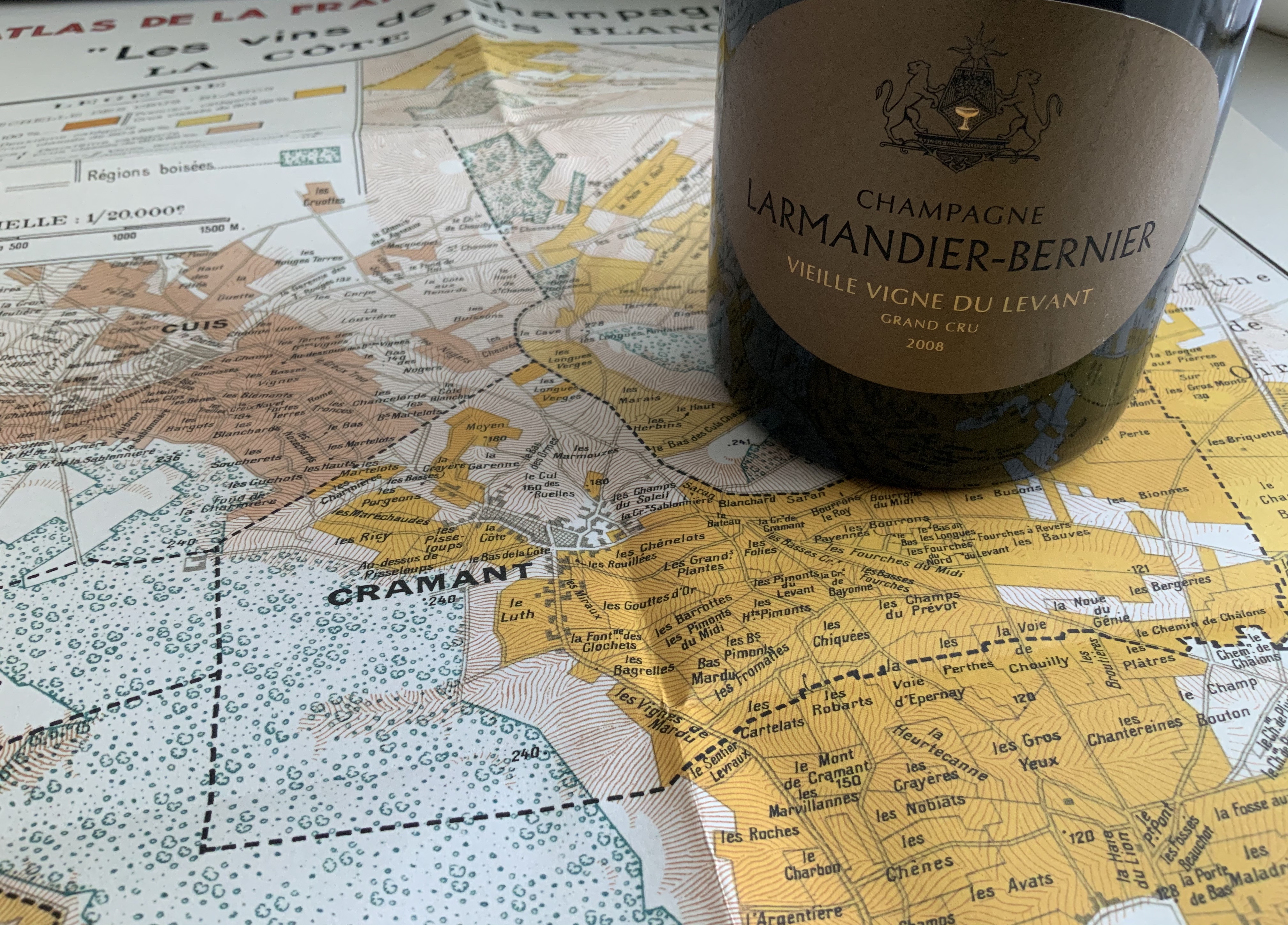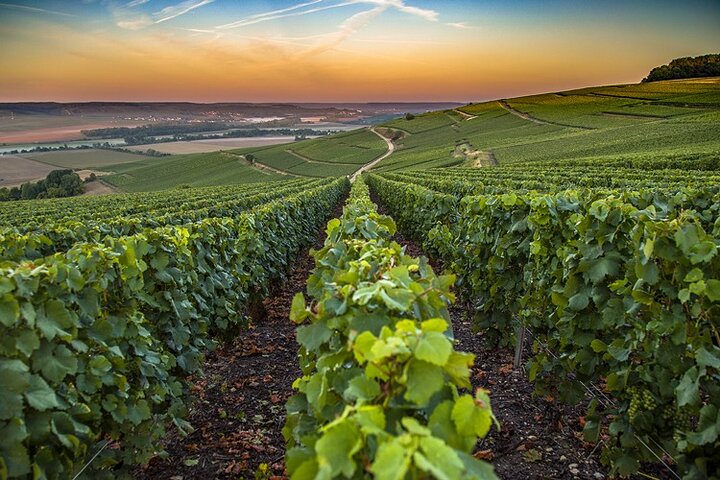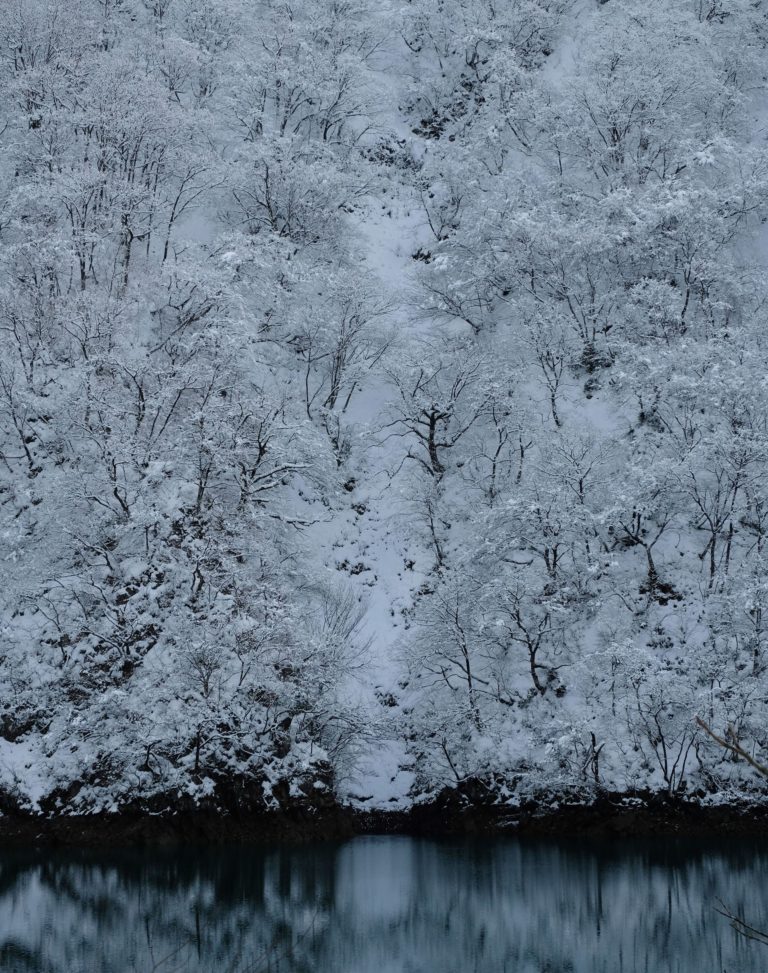The classification of Champagne vineyards developed in the mid-20th century as a means of setting the price of grapes grown through the villages of the Champagne wine region. Unlike the classification of Bordeaux wine estates or Burgundy Grand cru vineyards, the classification of Champagne is broken down based on what village the vineyards are located in.A percentile system known as the Échelle des Crus (“ladder of growth”) acts as a pro-ratasystem for determining grape prices. Vineyards located in villages with high rates will receive higher prices for their grapes than vineyards located in villages with a lower rating. While the Échelle des Crus system was originally conceived as a 1-100 point scale, in practice, the lowest rated villages are rated at 80%. Premier crus villages are rated between 90 and 99 percent while the highest rated villages, with 100% ratings are Grand crus.

A
- Ailleville, Bar-sur-Aubois
- Allemant, Sézannais
- Ambonnay, Grande Montagne de Reims – grand cru
- Arcis-le-Ponsart, Vesle et Ardre (Vallée de l’Ardre)
- Arconville, Bar-sur-Aubois
- Argançon, Bar-sur-Aubois
- Argentolles, see Colombey-les-Deux-Églises
- Arrentières, Bar-sur-Aubois
- Arsonval, Bar-sur-Aubois
- Arty, se Venteuil
- Aubilly, Vesle et Ardre (Vallée de l’Ardre)
- Aulnoy, se Essômes-sur-Marne
- Avenay-Val-d’Or, Grande Vallée de la Marne – premier cru
- Avirey-Lingey, Barséquanais
- Avize, Côte des Blancs – grand cru
- Aÿ, Grande Vallée de la Marne – grand cru
- Aÿ-Champagne, se Aÿ, Bisseuil, och Mareuil-sur-Aÿ
- Azy-sur-Marne, Vallée de la Marne Ouest
Subscribe for 5.9€ a month for full access to the Tasting Library, exclusive articles, videos events and more





